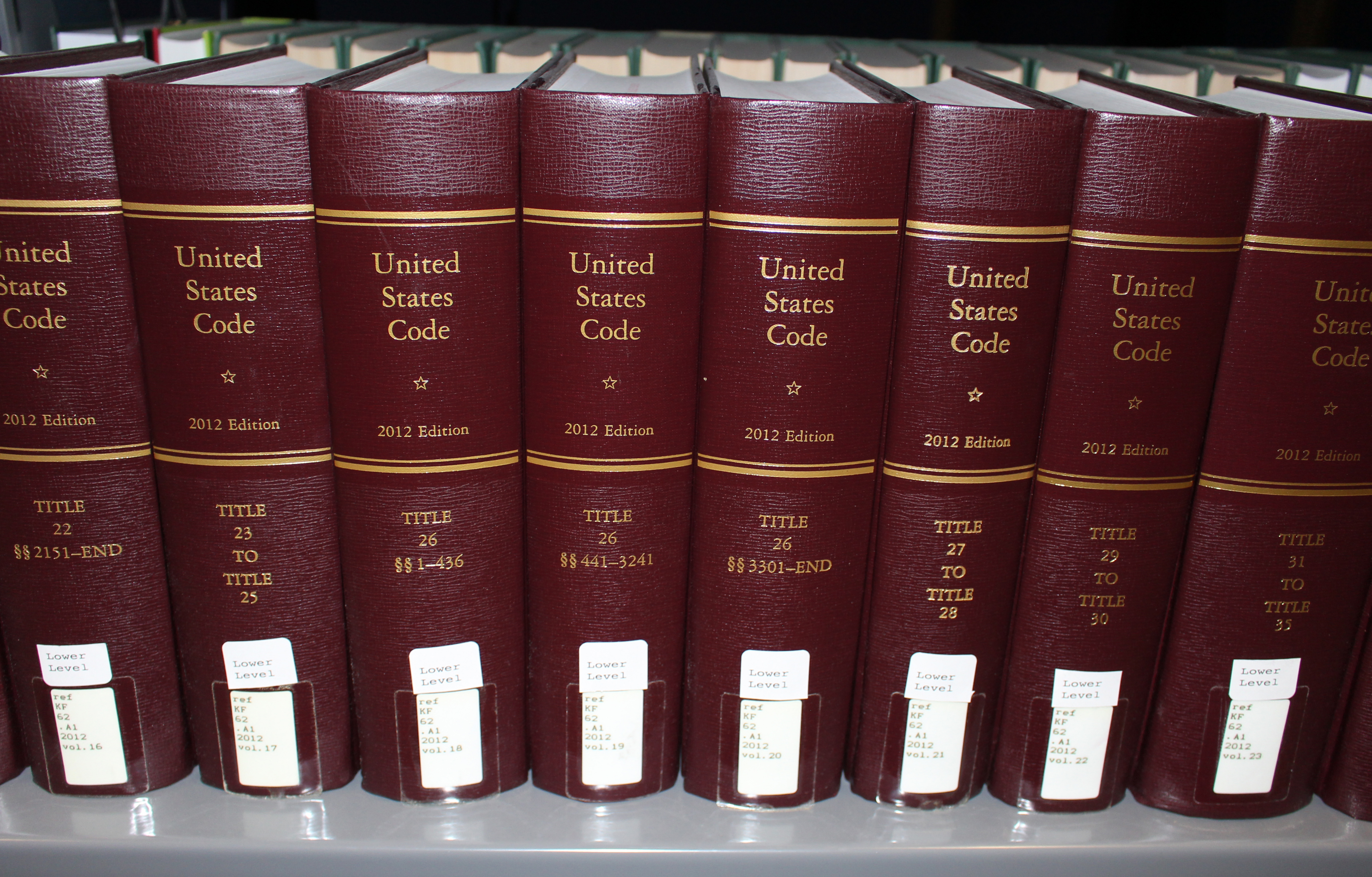|
Inclusive Classrooms
Inclusive classroom is a term used within American pedagogy to describe a classroom in which all students, irrespective of their abilities or skills, are welcomed holistically. It is built on the notion that being in a non-segregated classroom will better prepare special-needs students for later life. In the United States, the Rehabilitation Act of 1973 guaranteed civil rights to disabled people, though inclusion of disabled students progressed slowly until the No Child Left Behind Act of 2001, after which almost half of US students with disabilities were soon in general classrooms. A lack of resources has placed a considerable burden on teachers and school boards, who are often unprepared and suffer from stress and frustration, affecting the success of programs. An advocated solution is co-teaching, doubling teaching staff to support an inclusive classroom. History of inclusion Prior to inclusion Prior to the 1970s, most schools in the United States had non-inclusive policies ... [...More Info...] [...Related Items...] OR: [Wikipedia] [Google] [Baidu] |
Pedagogy
Pedagogy (), most commonly understood as the approach to teaching, is the theory and practice of learning, and how this process influences, and is influenced by, the social, political, and psychological development of learners. Pedagogy, taken as an academic discipline, is the study of how knowledge and skills are imparted in an educational context, and it considers the interactions that take place during learning. Both the theory and practice of pedagogy vary greatly as they reflect different social, political, and cultural contexts. Pedagogy is often described as the act of teaching. The pedagogy adopted by teachers shapes their actions, judgments, and teaching strategies by taking into consideration theories of learning, understandings of students and their needs, and the backgrounds and interests of individual students. Its aims may range from furthering liberal education (the general development of human potential) to the narrower specifics of vocational education (the i ... [...More Info...] [...Related Items...] OR: [Wikipedia] [Google] [Baidu] |
Speech And Language Impairment
Speech and language impairment are basic categories that might be drawn in issues of communication involve hearing, speech, language, and fluency. A speech impairment is characterized by difficulty in articulation of words. Examples include stuttering or problems producing particular sounds. Articulation refers to the sounds, syllables, and phonology produced by the individual. An example may include substituting one sound for another or leaving out sounds. Voice, however, may refer to the characteristics of the sounds produced—specifically, the pitch, quality, and intensity of the sound. Often, fluency will also be considered a category under speech, encompassing the characteristics of rhythm, rate, and emphasis of the sound produced. A language impairment is a specific deficiency in understanding and sharing thoughts and ideas, i.e. a disorder that involves the processing of linguistic information. Problems that may be experienced can involve the form of language, includ ... [...More Info...] [...Related Items...] OR: [Wikipedia] [Google] [Baidu] |
United States Code
The United States Code (formally The Code of Laws of the United States of America) is the official Codification (law), codification of the general and permanent Law of the United States#Federal law, federal statutes of the United States. It contains 53 titles, which are organized into numbered sections. The U.S. Code is published by the United States House of Representatives, U.S. House of Representatives' Office of the Law Revision Counsel. New editions are published every six years, with cumulative supplements issued each year.About United States Code . Gpo.gov. Retrieved on 2013-07-19. The official version of these laws appears in the ''United States Statutes at Large'', a chronological, uncodified compilation. Codification Process The official text of an Act of Cong ...[...More Info...] [...Related Items...] OR: [Wikipedia] [Google] [Baidu] |
English-language Learner
English-language learner (often abbreviated as ELL) is a term used in some English-speaking countries such as the United States and Canada to describe a person who is learning the English language and has a native language that is not English. Some educational advocates, especially in the United States, classify these students as non-native English speakers or emergent bilinguals. Various other terms are also used to refer to students who are not proficient in English, such as English as a second language (ESL), English as an additional language (EAL), limited English proficient (LEP), culturally and linguistically diverse (CLD), non-native English speaker, bilingual students, heritage language, emergent bilingual, and language-minority students. The legal term that is used in federal legislation is 'limited English proficient'. The models of instruction and assessment of students, their cultural background, and the attitudes of classroom teachers towards ELLs have all been found ... [...More Info...] [...Related Items...] OR: [Wikipedia] [Google] [Baidu] |
Positive Behavior Interventions And Supports
Positive is a property of positivity and may refer to: Mathematics and science * Positive formula, a logical formula not containing negation * Positive number, a number that is greater than 0 * Plus sign, the sign "+" used to indicate a positive number * Positive operator, a type of linear operator in mathematics * Positive result, a result that has been found significant in statistical hypothesis testing * Positive test, a diagnostic test result that indicates some parameter being evaluated was present * Positive charge, one of the two types of electrical charge * Positive (electrical polarity), in electrical circuits * Positive lens, in optics * Positive (photography), a positive image, in which the color and luminance correlates directly with that in the depicted scene * Positive sense, said of an RNA sequence that codes for a protein Philosophy and humanities * Affirmative (policy debate), the team which affirms the resolution * Negative and positive rights, concernin ... [...More Info...] [...Related Items...] OR: [Wikipedia] [Google] [Baidu] |
Teaching Assistant
A teaching assistant (TA) or education assistant (EA) is an individual who assists a professor or teacher with instructional responsibilities. TAs include ''graduate teaching assistants'' (GTAs), who are graduate students; ''undergraduate teaching assistants'' (UTAs), who are undergraduate students; ''secondary school TAs'', who are either high school students or adults; and ''elementary school TAs'', who are adults (also known as '' paraprofessional educators'' or ''teacher's aides''). By definition, TAs assist with classes, but many graduate students serve as the sole instructor for one or more classes each semester as a teaching fellow or graduate student instructor, although in some American states, such as Florida, they are called "teaching assistants". Graduate and adult TAs generally have a fixed salary determined by each contract period (usually a semester or an academic year); however, undergraduates and high school students are sometimes unpaid and in the US and oth ... [...More Info...] [...Related Items...] OR: [Wikipedia] [Google] [Baidu] |
Paraprofessional
Paraprofessional is a title given to individuals in various occupational fields, such as education, librarianship, healthcare, engineering, and law. Historically, paraprofessionals assisted the master professional of their field. In more recent times, paraprofessionals have become a professional in their own right, providing services which meet the needs of a particular recipient or community. Definition The Greek prefix "para-" indicates ''beside'' or ''side by side'' (as in "parallel"); hence, a paraprofessional is one who works ''alongside'' a professional, while being a professional themselves. Examples Paramedics in Canada, the United Kingdom, Australia, New Zealand and South Africa who autonomously practice paramedicine. Paramedics historically practised under the medical direction of physicians in these jurisdictions. With a lack of qualified physicians to practice in the field, paramedics themselves became responsible for emergency medical services in the pre-hospital ... [...More Info...] [...Related Items...] OR: [Wikipedia] [Google] [Baidu] |
Multiple Disabilities
Multiple disabilities is a term for a person with a combination of disabilities, for instance, someone with both a sensory disability and a motor disability. Additionally, in the United States, it is a special education classification under which students are eligible for services through the Individuals with Disabilities Education Act, or IDEA. Not every governmental education entity uses the classification, however. In some states, legislation indicates that in order to be classified as having "multiple disabilities", at least one of a student's documented disabilities must include intellectual disability. Individuals classified as having multiple disabilities usually have more than one significant disability, such as orthopedic impairment, sensory impairment, and/or behavioral or emotional issues. Under the IDEA, students are labeled with multiple disabilities when their educational disabilities require more than the services that are available for just one of their disabiliti ... [...More Info...] [...Related Items...] OR: [Wikipedia] [Google] [Baidu] |
Deaf-blindness
Deafblindness is the condition of little or no useful hearing and little or no useful sight. Different degrees of vision loss and auditory loss occur within each individual. Because of this inherent diversity, each deafblind individual's needs regarding lifestyle, communication, education, and work need to be addressed based on their degree of dual-modality deprivation, to improve their ability to live independently. In 1994, an estimated 35,000–40,000 United States residents were medically deafblind. Laura Bridgman was the first American deafblind person known to become well educated. Helen Keller was a well-known example of an educated deafblind individual. To further her lifelong mission to help the deafblind community to expand its horizons and gain opportunities, the Helen Keller National Center for Deaf-Blind Youths and Adults (also called the Helen Keller National Center or HKNC), with a residential training program in Sands Point, New York, was established in 1967 by an a ... [...More Info...] [...Related Items...] OR: [Wikipedia] [Google] [Baidu] |
Learning Disability
Learning disability, learning disorder, or learning difficulty (British English) is a condition in the brain that causes difficulties comprehending or processing information and can be caused by several different factors. Given the "difficulty learning in a typical manner", this does not exclude the ability to learn in a different manner. Therefore, some people can be more accurately described as having a "learning difference", thus avoiding any misconception of being disabled with a possible lack of an ability to learn and possible negative stereotyping. In the United Kingdom, the term "learning disability" generally refers to an intellectual disability, while conditions such as dyslexia and dyspraxia are usually referred to as "learning difficulties". While ''learning disability'' and ''learning disorder'' are often used interchangeably, they differ in many ways. Disorder refers to significant learning problems in an academic area. These problems, however, are not enough to wa ... [...More Info...] [...Related Items...] OR: [Wikipedia] [Google] [Baidu] |
Traumatic Brain Injury
A traumatic brain injury (TBI), also known as an intracranial injury, is an injury to the brain caused by an external force. TBI can be classified based on severity ranging from mild traumatic brain injury (mTBI/concussion) to severe traumatic brain injury. TBI can also be characterized based on mechanism (closed head injury, closed or penetrating head injury) or other features (e.g., occurring in a specific location or over a widespread area). Head injury is a broader category that may involve damage to other structures such as the scalp and skull. TBI can result in physical, cognitive, social, emotional and behavioral symptoms, and outcomes can range from complete recovery to permanent disability or death. Causes include Falling (accident), falls, vehicle collisions, and violence. Brain trauma occurs as a consequence of a sudden acceleration or deceleration of the brain within the skull or by a complex combination of both movement and sudden impact. In addition to the damage ... [...More Info...] [...Related Items...] OR: [Wikipedia] [Google] [Baidu] |





